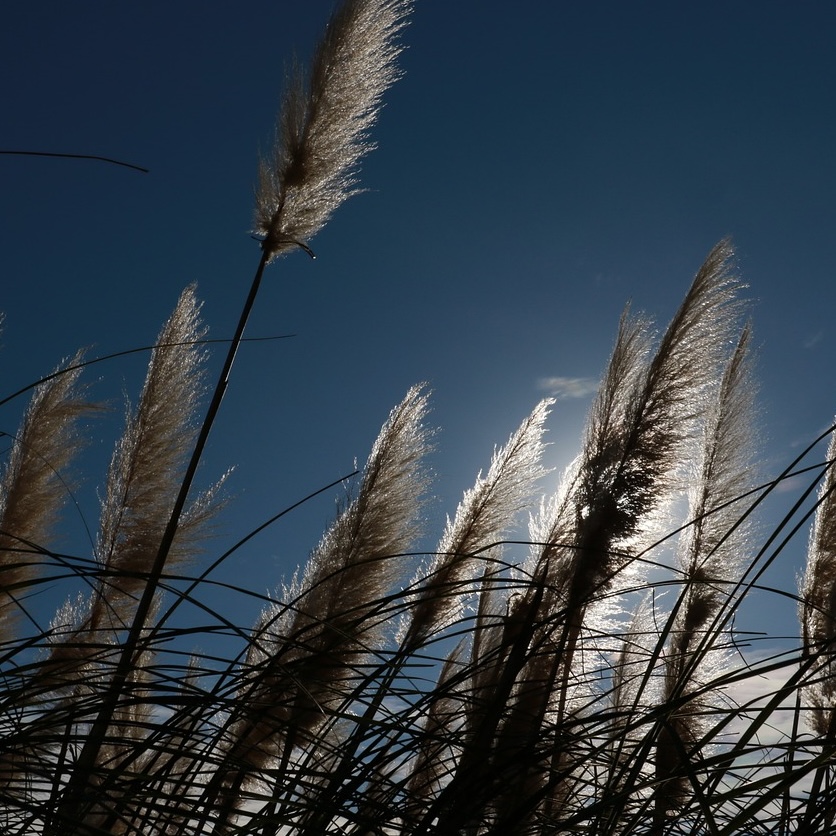Automated system for the detection of risk in agricultural sugarcane harvesting using digital image processing and deep learning

All claims expressed in this article are solely those of the authors and do not necessarily represent those of their affiliated organizations, or those of the publisher, the editors and the reviewers. Any product that may be evaluated in this article or claim that may be made by its manufacturer is not guaranteed or endorsed by the publisher.
Authors
In recent years, significant changes have been presented in the climatological trends due to climatic change, originating negative impacts on the agricultural production, diminishing mainly the harvest efficiency. The following research proposes the optimization of the agricultural risk identification method for the prediction of the variables: temperature and precipitation; the risk identification method was developed through the Digital Image Processing technique (DIP) and Deep Learning (DL); Subsequently, with the processed images, Convolutional Neural Networks (CNN's) were developed for the detection of areas where there is a potential risk in the sugar cane crop harvest in the southeast of Veracruz in Mexico. The efficiency of CNN detects temperatures over 38ºC and the levels of precipitation under 70 millimeters. The efficiency of network detection is 0.9716 and 0.9948 for predicting the temperatures and precipitation variables, which represent a solid basis for detecting zones that depict a risk for the sugarcane harvest.
How to Cite

This work is licensed under a Creative Commons Attribution-NonCommercial 4.0 International License.














